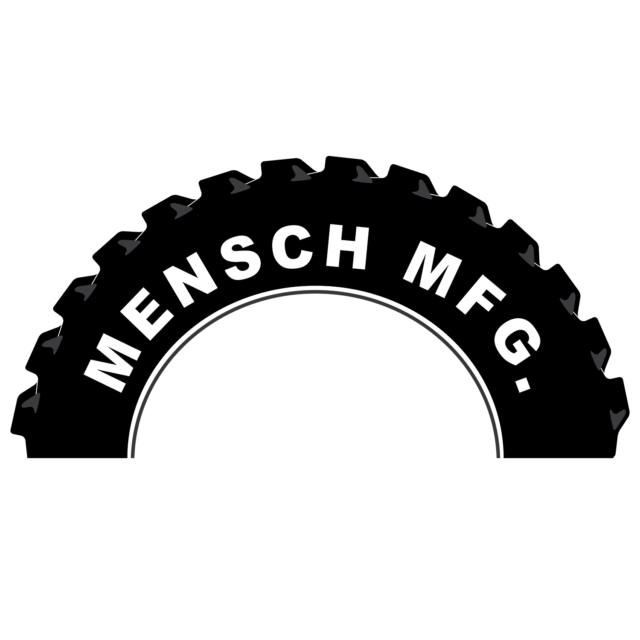Global dairy prices are off 20 to 30 percent from their spring 2011 peaks as swelling milk production worldwide has turned supply deficits into surpluses. As a result, rising inventories are expected to keep downward pressure on international dairy markets in the second half of 2012, according to presenters at the U.S. Dairy Export Council’s (USDEC) spring Board of Directors and Membership Meeting May 2 in Chicago. The meeting attracted a record turnout – a reflection of the broad understanding of the need to operate more effectively in international markets.
Current soft conditions are “a painful re-affirmation that market cycles will continue, even as demand, over time, outstrips supply,” said USDEC president Tom Suber.“In fact, it’s this period of temporary retrenchment that many of our work programs are intended to address.”
USDEC marketing, technical and research activities are supported by U.S. dairy producers through their checkoff program.
Suber urged U.S. suppliers to protect volume and market share gains accrued in 2010-11. “We can’t take the hit and balance the world market through our own inventories every time supply and demand run into an imbalance,” he said.
Speakers at USDEC’s 16th annual spring board meeting emphasized that although challenges to U.S. global dairy growth remain, ongoing USDEC trade policy and market access efforts continue to bear fruit.
The March implementation of the South Korea FTA, the upcoming entry into force of U.S. FTAs with Colombia and Panama, progress on regaining market access to Russia (spurred by its accession to the WTO), and further steps to iron out the Chinese health certificate all bode well for U.S. dairy export efforts.
The imminent launch of eTDE, a system for electronic transmittal of export documentation, will facilitate smoother transactions.
USDEC is also leading U.S. dairy industry efforts to extract maximum benefit from the Trans-Pacific Partnership (TPP) free-trade agreement talks.
The negotiating text includes provisions to tame the spread of non-tariff trade barriers that currently hinder trade. On the other hand, sharing a free-trade agreement with the artificially distorted dairy industry structure in New Zealand is problematic, Suber said.
“USDEC supports TPP, especially as the prospect grows for the inclusion of Japan and Canada.
"Yet, it’s also gratifying that the U.S. government is paying close attention to our concerns over the unbalanced market advantage the New Zealand government has provided to Fonterra,” he explained.
“Fonterra has tried to trivialize this issue, but its special pricing privileges – which would in fact increase under proposed structural changes in New Zealand – enable Fonterra to cherry-pick the highest value markets.
"Wide-open, unrestricted bilateral trade between New Zealand and the United States is simply inappropriate under that set of rules.”
Pricing soft for now
In the meantime, near-term market conditions are challenging.
Spurred by near-perfect weather and strong farmgate prices, milk production from the five major exporters (the European Union, U.S., New Zealand, Australia and Argentina) is up more than 3 percent in the current production season (beginning June 2011), USDEC says.
“International demand has proved insufficient to soak up all the increased surplus generated in export regions,” added Rabobank analyst Tim Hunt.
“More milk is being channeled into storable commodities as a result, and there are some early signs of stock accumulation as the spring flush builds in the EU and United States.”
On the plus side, however, import demand has held up well and the import market “has shown exceptional depth,” Hunt said.
Last year, when the world’s largest dairy buyers Algeria, China and Russia collectively pulled back in the second half, Southeast Asia, the Middle East, North Africa and others more than made up for their absence.
Hunt expects market conditions to improve in late 2012 or early 2013 as the supply balance improves. “Structural growth trends remain intact,” he said.
The spring board meeting also provided an opportunity for USDEC members and staff to begin formulating their 2013-15 Business Plan. A number of key assumptions will go into the plan:
- Lower GDP and food inflation will slow dairy demand, but growth remains positive and resilient.
- Inventory will overhang the market into 2013.
- A weaker Euro is increasing returns to EU suppliers in the export market (vs. the internal market).
- Prices will remain under pressure, and U.S. commodity trade will remain exposed.
- Food and beverage companies’ interest in enhanced nutrition through dairy ingredients will increase.
USDEC’s fall Board of Directors and Membership Meeting will be held October 18-19 in Washington, D.C., where the rolling three-year Business Plan will be approved by the membership. PD
—From U.S. Dairy Export Council news release




